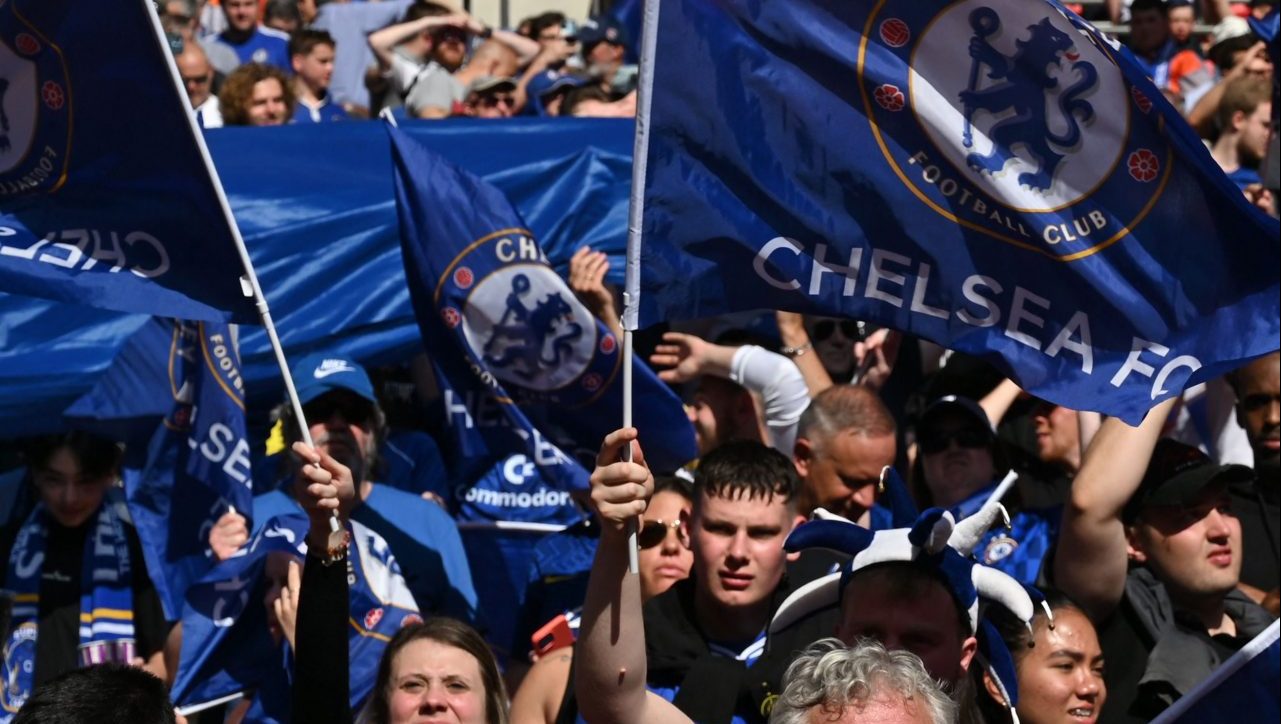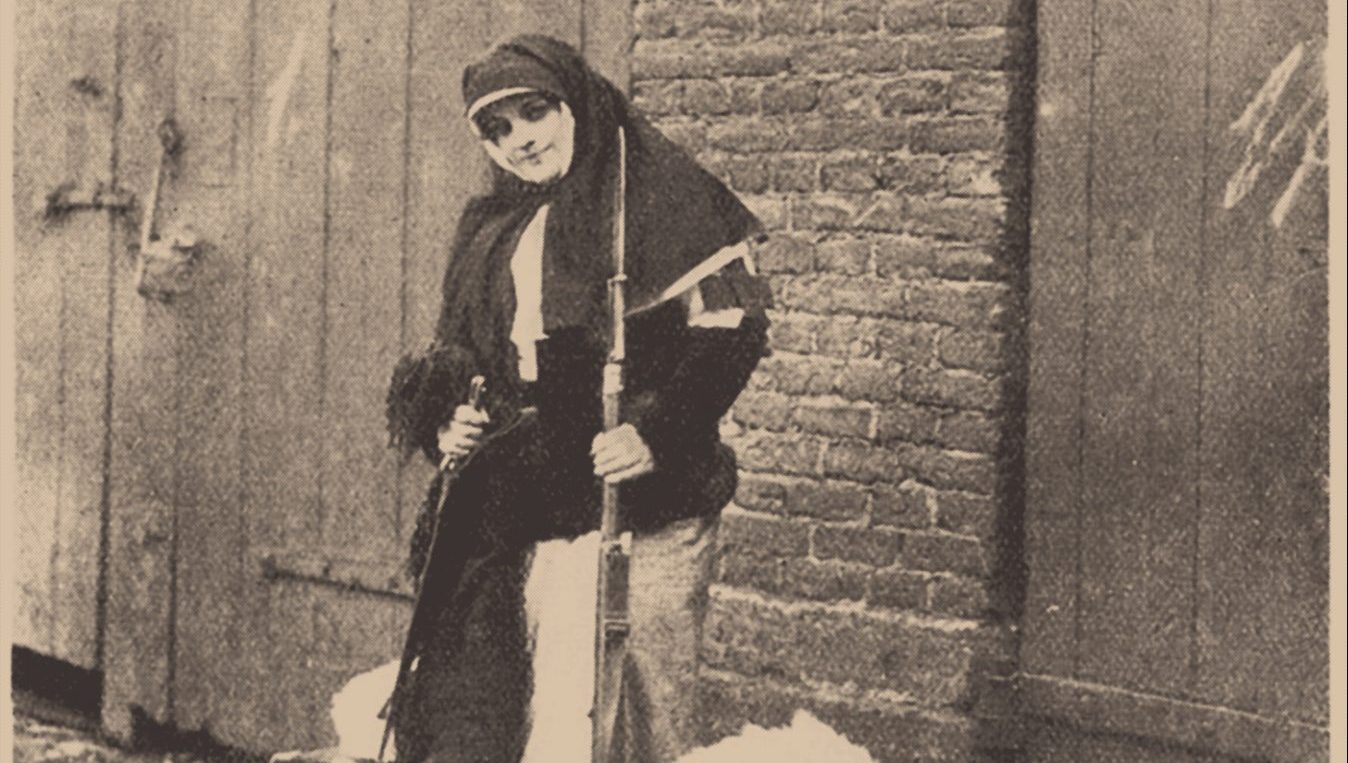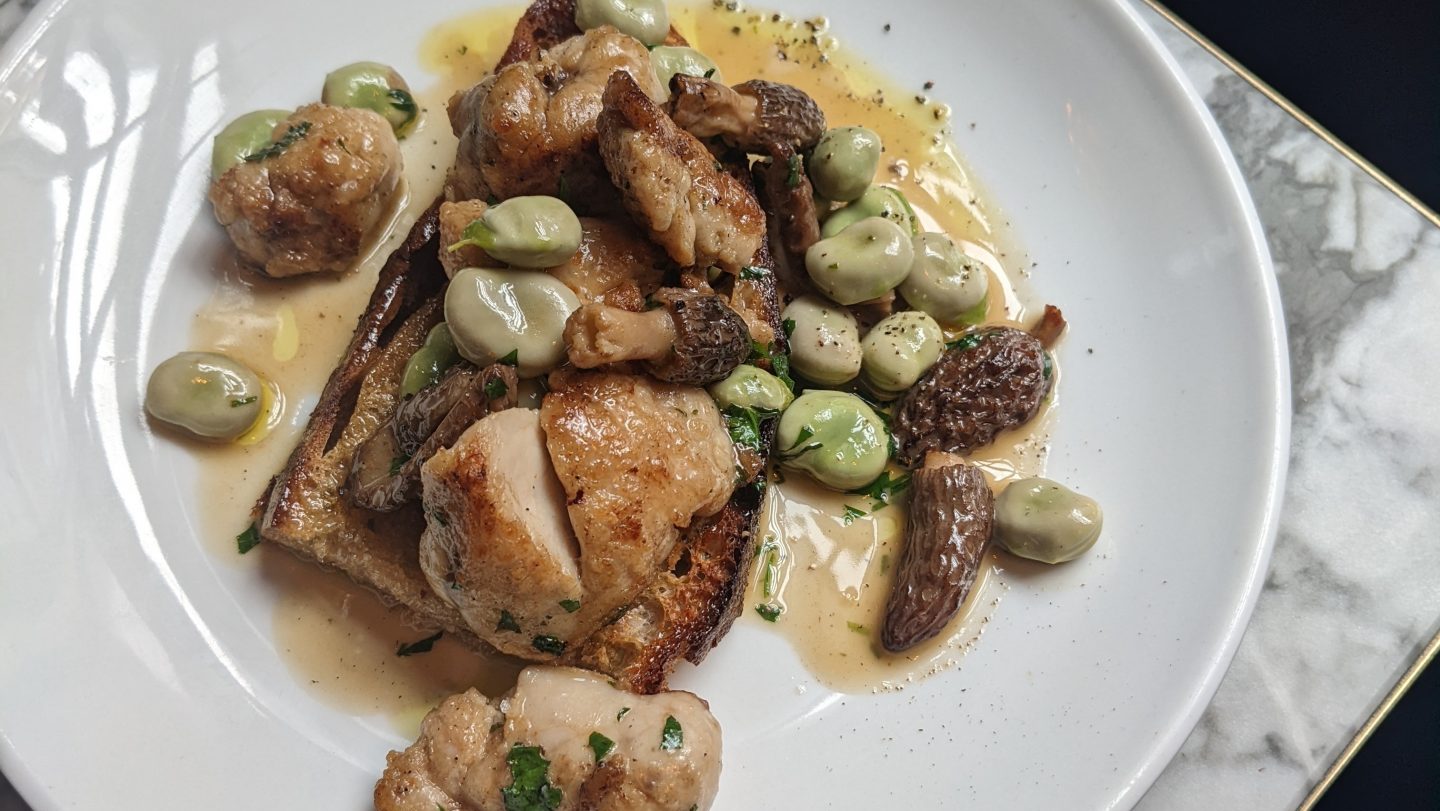For longer than any of us have drawn breath, the FA Cup has been a thread
through sporting history. Last Saturday marked the competition’s 150th year. And while nobody should be surprised or complaining that the finalists comprised players from 16 nations drawn from all quarters of the world, what was odd was that one of the teams gave up a huge part of their identity before the kick-off.
Liverpool, the victors, played as ever in blood red. “Red for danger!” as Bill Shankly used to rasp.
Chelsea switched from traditional blue to their yellow away kit. Not because they had to. Not because someone at Stamford Bridge felt it was a timely gesture towards Ukraine now the Blues are being forcibly annexed from Russian oligarchy. Not even, apparently, a money-grabbing exercise on behalf of the kit sponsor Nike.
Actually, there was no official explanation as to why the team turned up in yellow for a pageant in which the stadium was a sea of Liverpool red and Chelsea blue throughout the 85,000 crowd.
It was left to Mason Mount to suggest that the players felt that, having lost
their previous two finals, a change of cloth might change their luck. Poor,
misguided, Mount. He was born in Portsmouth but became a Chelsea junior blue, a King’s Road academy boy when the club did indeed win the cup in yellow in 2009.
That was an enforced change. The other finalist, Everton, also wore blue, and the west London club was the designated “away” side. The change of shirt mattered little to Didier Drogba and Frank Lampard, who scored the
goals that won that game at Wembley.
Psychology works in soccer… until it doesn’t. The game is full nowadays of mercenaries in all manner of fields, from throw-in experts to digital analysts to, yes, consultants paid to decide which players in which order have the right mental constitution to take penalty kicks. The best line after Saturday’s final was Jürgen Klopp admitting he had given his Senegalese striker Sadio Mané the wrong advice to change his penalty kick technique against Chelsea’s Senegalese goalkeeper Édouard Mendy. “How often in my life is it better to shut up!” Klopp concluded.
The kit and colour, and sometimes the words in their ears, are immaterial
to a player’s skill and what is inside his brain. But we traduce at our peril the tradition of supporters dressing up at the stadium (and in bars or living rooms thousands of miles away) in the colours their teams should represent.
The Dutch philosopher Erasmus of Rotterdam observed more than 500
years ago that “clothes maketh the man.” Or, nowadays, also the woman. On Sunday, 24 hours after Chelsea had lost the penalty lottery (ironically on Mason Mount’s saved shot) another Chelsea team won the Women’s FA Cup.
No danger of manager Emma Hayes sending out her team in anything but their Sunday best blue. Or of anyone in the 49,094 Wembley Stadium crowd turning up in anything other than their traditional colours. Royal blue for Chelsea, sky blue for Man City and a thrilling contest settled by a goal in extra time from Sam Kerr.
Now there is a player who makes us realise how far this game has come. Kerr is ebullient, hyperactive, super-inventive. She didn’t settle on soccer until she was 12. But sports, plural, always consumed her. Athleticism is
in her genes.
Her father and uncle played Aussie Rules football. Her grandfather was a British featherweight boxer. Her mother played basketball in India. And Sam has travelled the globe playing for Australia’s national side, the Matildas, and from Perth Glory to Chicago Red Stars before netting 61 goals in 78 matches for Chelsea.
Like Australia’s tennis champion Ashleigh Barty, Kerr will play any sport out there. And excel through natural ability and zest. For the moment, regardless of who pays the wages, Chelsea is her team. It is the best in Britain, but has a way to go to equal FC Barcelona Femení.
The women play in the same indigo and dark red. They strive to replicate the mesmeric patterns of Lionel Messi, Andrés Iniesta and Xavi Hernández. And to be the best in Europe, as they emphatically looked against Chelsea in the Uefa Women’s Champions League final in Gothenburg last May. The blues were blown away by four goals inside 36 minutes.
And while their men’s team struggles to recover from financial ruin, Barça
Femení, who normally play at the 6,000-capacity Johan Cruyff Stadium, recently filled the Camp Nou with 91,648 supporters cheering them to an 8-3 aggregate victory over Real Madrid Femenino in the Champions League.
The clothes maketh man line is outmoded. We are in the era of equality, and the colours shared by all teams representing these giant clubs with their global reach and wealth should, and do, reflect their history.
Chelsea’s men abandoned their colours and lost the thread. Chelsea women did the opposite. But there is another, sinister, change of apparel in the wind. Newcastle United are synonymous with black and white stripes but, from next season, the new owner imposes a new “away strip” of white and green almost indistinguishable from the Saudi Arabian national jersey.
Football long ago sold its innocence. But this is an Arabic state using sport
to whitewash – or sportswash – its bloody image abroad.




